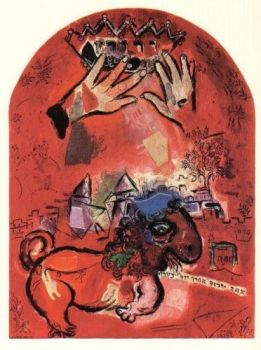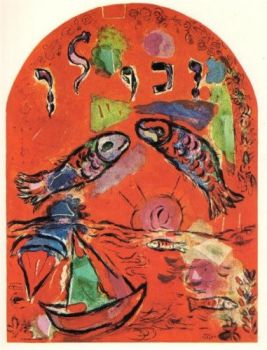Conceptual Expressionism: How a new style turns cultural decay into a tribute to master painters
The Dutch artist Hans De Bruijn and author and art historian Jetteke Bolten-Rempt, who wrote De Bruijn’s catalogue, tell us more about his 'Conceptual Expressionism in Arts'. In this book ‘De Magie van Verf, Hans de Bruijn en de herschepping van de Romantische traditie’ the mentioned works are depicted and described.

Hans de Bruijn recreates the romantic tradition in his works and at the same time creates a new style, described by Bolten-Rempt as Conceptual Expressionism. In her own words: “It’s not about the landscape as such but about the landscape of painting”.
‘De Waterlelievijver’(2008) is thé eye-catcher of De Bruijn’s work. This extraordinary painting of epic proportions of 210 x 400cm refers to the famous work of Monet. De Bruijn however, includes Claude Monet in his work and puts him in his own setting. The painting created in beautiful light colours and has Monet featured in his characteristic pose holding his palet left of the center. In his works Hans de Bruijn departs from the Romantic period in the broadest sense of the word; the desire for the unattainable. He recognises elements from the painters who inspire him; Monet and his airy light, Mondriaan and his ultimate harmony, and Rothko, the endless space. De Bruijn adopts these techniques and translates them to make it his own.
As a ‘conceptual expressionist’, as Bolten-Rempt calls him, De Bruijn gives a new dimension to the expressiveness of painting by giving his, sometimes somewhat cynical, commentary on the unattainable ideals that once were. A careful spectator will be able to experience this clear and outspoken vision.
As an example the artist names his ‘Victorie Art’ where one can clearly see Piet Mondriaan’s ‘Victory Boogie Woogie’. The latest and never finished painting is seen hanging on a wall above a worn sofa in the studio of De Bruijn himself. Mondriaan’s vision of ultimate dynamics and harmony of the ‘modern’ is degenerated to nothing more than decoration. The untrained eye will see a romantic work but they who take a closer look will see much more, exactly as the artist intended. And what he wants to create. He expressed his vision and used symbolics to get there.
Victorie Art by Hans de Bruijn
In Bolten-Rempt’s book is well written and accurately discloses how De Bruijn evolved in artistic sense. How the artist got inspired by the manufacturing of one of his first works, de demolition of the birthplace of Rembrandt in Leiden, the Netherlands. The ruin is beautifully displayed, using a picture from 1977 as starting point. By capturing this on canvas the disastrous cultural denial has become a tribute to the Master himself. This was the birth of several artworks, where he cynically and poetically provides a contemporary commentary on the cultural decay.
The catalogue ‘De Magie van Verf, Hans de Bruijn en de herschepping van de Romantische traditie’ shows the oeuvre of Hans de Bruijn.
About the author: Jetteke Bolten-Rempt (1942) has her own company Jet-set since 2007 and advises and mediates art historical affairs. Before she founded her own business Bolten-Rempt served as a director for the Stedelijk Museum De Lakenhal in Leiden.
For more expressionistic art works for sale, please have a look at our collection at Gallerease!


























